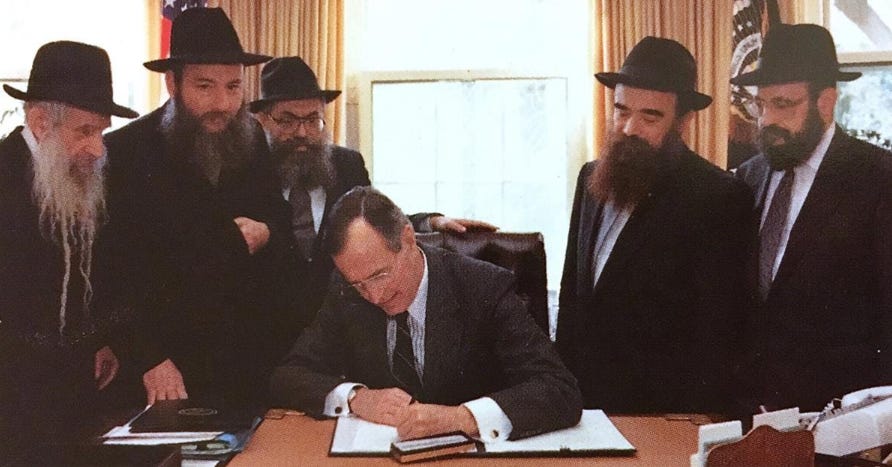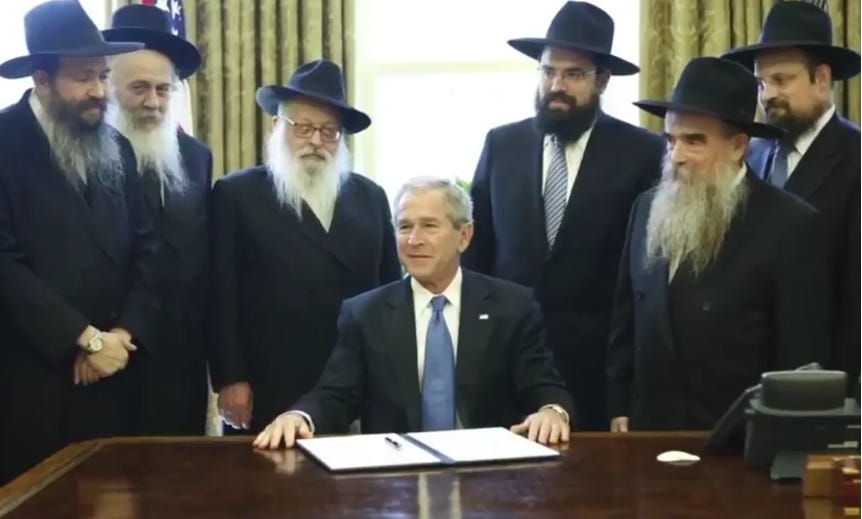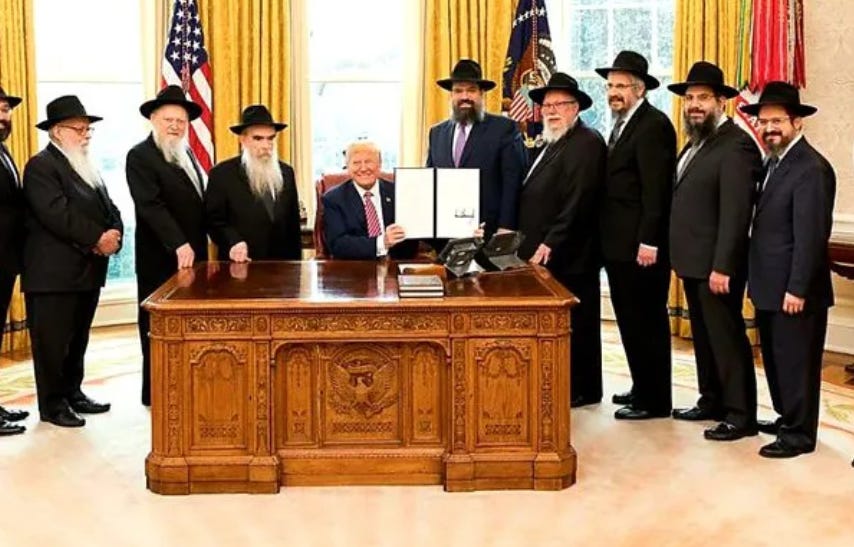Thank you for breaking me out of my somber mood today - which often comes from the disgust I feel when I read of the actions of our rulers of the former Western Civilization - now a full vassal of DaSynagogue of Satan.
As often happens, an article I read arouses my curiosity on the subject - and I start scrounging around DaLimbraw Library word searching for related articles - lo and behold, here is what I stumbled upon today on CHRISTMAS....among others:
"With so much darkness around us today, it is easy to lose hope and faith. To be sure, those who wish us ill take pleasure from our pain. However, it is often when we are nearly broken that God lifts us up and provides us peace. This time of year is filled with those moments. Call them Christmas miracles or answered prayers, but they are real and worth remembering.
One such story that has always stuck with me is that of Fritz Vincken, who was twelve years old and living with his mother, Elisabeth, in a small hunting cabin in the Ardennes Forest during the worst fighting of the Battle of the Bulge. His father had hidden them in the secluded mountain hut across the Belgian border after the family's bakery and home were destroyed during allied bombing in Aachen, Germany. While Fritz's dad baked bread for German soldiers at the front line, Fritz and his mother had little food, except for what they could forage.
On a freezing Christmas Eve night, as they struggled to ignore distant gunfire and prepared a meager meal made from a scrawny rooster and some potatoes, there was a loud knock on the door. Fritz's heart leapt, believing that it was his father finally returning. Instead, it was three Americans from the 121st Infantry, 8th Division — all suffering from frostbite and one seriously injured. "My mother knew the penalty for harboring the enemy," Fritz recalled, "but when she looked into the young Americans' eyes and saw that one was badly hurt, she opened the door and let them in." They added some potatoes to the stew for their tired, hungry guests and attended to the American's gunshot wound the best they could, and because the soldiers spoke no German and the Vinckens spoke no English, they relied on hand signals and broken French for communication......" - https://crushlimbraw.blogspot.com/2022/12/even-in-war-good-will-toward-men-by-jb.html?m=0 - it gets better when the Germans show up at the door!




